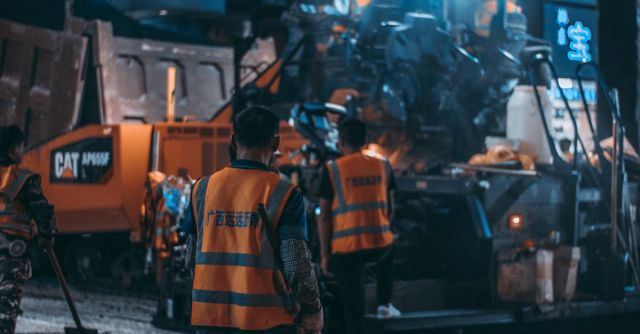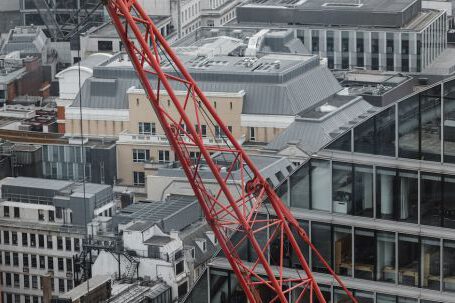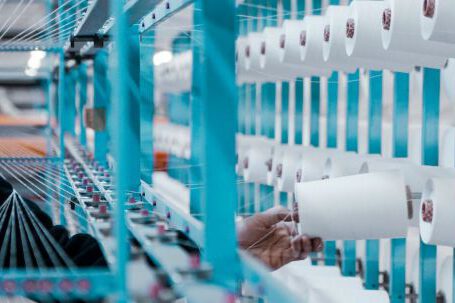When it comes to workplace safety, high-visibility safety jackets are often overlooked. Although they may seem like an unnecessary expense, these jackets are essential for keeping workers safe and preventing accidents from occurring. High-visibility safety jackets are designed to make workers more visible to other people in the area, especially those who are working in low light conditions or in hazardous areas.
Why High-Visibility Safety Jackets Are Necessary
High-visibility safety jackets are designed to make workers more visible and protect them from accidents. They are typically made of fluorescent fabric that can be seen from a distance, even in low light conditions. Additionally, they often feature reflective strips or patterns to make the wearer more visible in the dark. By wearing these jackets, workers are much more likely to be seen and avoided by machinery, other workers, and other potential hazards.
The Benefits of High-Visibility Safety Jackets
High-visibility safety jackets offer many benefits, both to workers and employers. For workers, they provide an extra layer of protection and peace of mind in hazardous environments. They also make it easier to identify workers quickly in an emergency situation. Furthermore, wearing a high-visibility safety jacket can help to reduce the risk of workplace accidents and fatalities.
For employers, high-visibility safety jackets are an investment that can pay off in the long run. By providing workers with these jackets, employers are demonstrating their commitment to safety and helping to create a safe and productive work environment. Additionally, providing high-visibility safety jackets can help to reduce costly insurance claims and potential litigation.
Types of High-Visibility Safety Jackets
There are several different types of high-visibility safety jackets available on the market. The most common type is the Class 3 jacket, which is designed for use in hazardous environments and is the most visible. Class 2 jackets are also available, which are typically lighter in weight and offer a lower level of visibility. Finally, Class 1 jackets are the least visible and are usually used in low-risk environments.
Conclusion
High-visibility safety jackets are essential for keeping workers safe and preventing accidents from occurring. They are designed to make workers more visible and protect them from hazards in the workplace. Furthermore, they offer many benefits to both workers and employers, such as increased safety, improved productivity, and reduced insurance costs. With so many advantages, it’s clear that high-visibility safety jackets should not be overlooked.






